Well, all the pirates have gone, but I see loads of shiplap in the coming weeks, and that’s a good thing! The Galveston Historic Homes Tour is two weeks away, and the excitement is building—at least for me. Who knows what plans Wanda has? Probably some meeting somewhere where someone painted their house a color considered unsuitable by the neighborhood’s district association. Who knows?
Port Arthur’s quasquicentennial is this year, and they even made an excellent website for the occasion. The quasquicentennial is undoubtedly a milestone and a mouthful of sorts. I remember Texas’s sesquicentennial, and I couldn’t even pronounce that, but one of my four-year-old cousins could, and I was impressed. I look forward to following the year’s festivities.
Speaking of Port Arthur, I saw that they’ve added a bird blind on Pleasure Island. Pleasure Island has been a bird sanctuary for decades, and if the powers that be were ever to name it, I would suggest none other than Mrs. Bessie Reid. She was the original Port Arthur birder. Yes, her legacy was in Native American culture and history, but she was into her feathered friends first, and they needed no other ally at the time.
In my research on Florence Stratton, I initially dismissed a statement by her niece, Eunice Stephens, made in a newspaper article, according to which the city of Florence, Texas, was named after her aunt. Early in my research, I proved this wrong because Florence, Texas, located in Williamson County, was founded in the 1850s. However, a newspaper article from 1907 revealed some details that didn’t make sense with what we see today. Apparently, there was another “town” named Florence between Sour Lake and the newly formed settlement of Hardin. The article mentioned a new sawmill near Florence, located in Hardin County, which is the only documented source we have of this “town.” The article states that the place was named after Florence Stratton. Currently, I have no idea why. The “town,” if you can call it that—there was no post office, nor did it end on any map that I’ve found—didn’t last. It probably was more of a train stop for the sawmill. As we know, many of those lumber towns were abandoned as people moved on to the next big thing at the time—oil.
R. C. Duff, president of the Beaumont, Sour Lake, and Western Railway, was the person who drove the last spike connecting the railroad from Beaumont to Houston. He was also the one to name the town after Florence Stratton. Why? I have no idea other than the fact that the Duff family was close to Florence. At her funeral in 1938, there was a Duff pallbearer. R. C. Duff, his wife, and two daughters made the trip to this special event, and thanks to this article, I know who the skinny giant with the anvil in the photo is. I will say that the photos I have of the driving of the golden spike make more sense now. One problem I have with this is that back in 2014, when I asked pretty much everyone in Hardin County about a town called Florence, they had never heard of it. This will definitely require more research.
One thing I would like to put out there is this: if you have ever heard of a town or a train stop called Florence in Hardin County, I want to hear from you! rediscoveringsetx@gmail.com
I guess this is where I should grovel and say sorry to Eunice for doubting her. Unlike past researchers, I will admit that I’m wrong. However, I will jab back that Eunice still got her aunt’s birth year wrong!
No, I am not Wanda, and history is what it is. We are all just trying to make sense of what happened before us. Eunice was a big part in solving some of the mysteries surrounding her aunt. Although we probably wouldn’t have gotten along, we were here for the same reason—to keep Florence Stratton’s memory alive for all to enjoy and learn about the history of our beloved Southeast Texas.
I’ve added a PDF link of this article to this post if anyone is interested (if that’s the case, you’re greatly appreciated).
I will also post the article on the Facebook page later in the day.
Until next week!
Galveston Historic Homes Tour: https://www.galvestonhistory.org/events/galveston-historic-homes-tour
Port Arthur 125th Anniversary:
Port Arthur Birding Site:
https://visitportarthurtx.com/things-to-do/attraction/pleasure-island-bird-blind/
Beaumont, Sour Lake, and Western Railway: https://www.tshaonline.org/handbook/entries/beaumont-sour-lake-and-western-railway

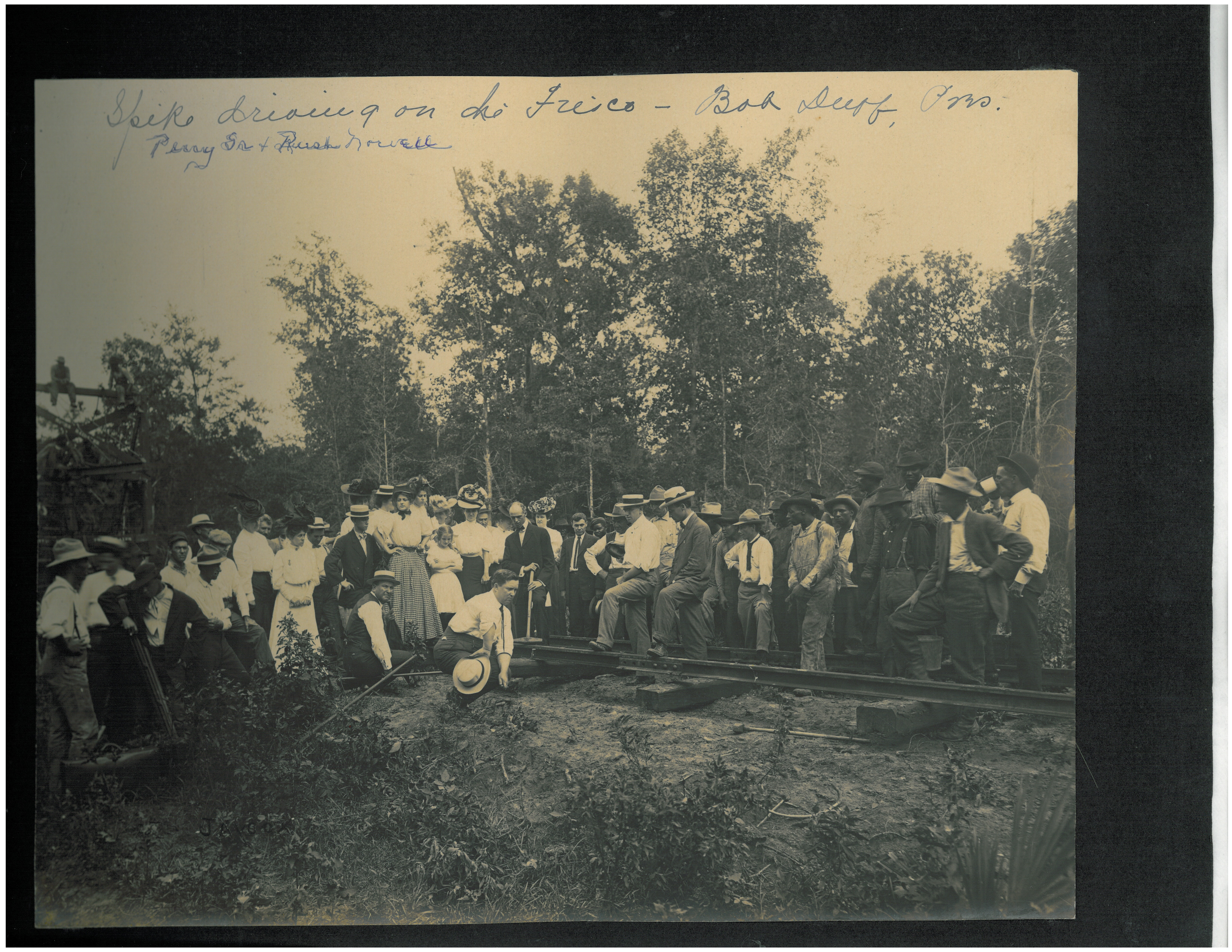

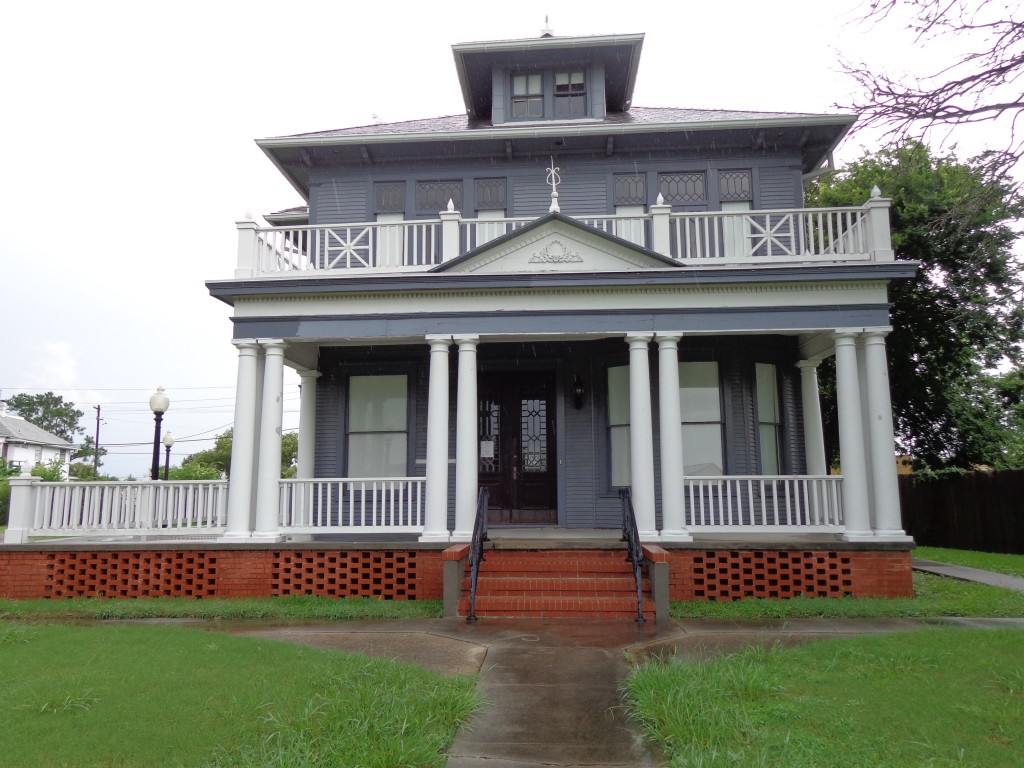

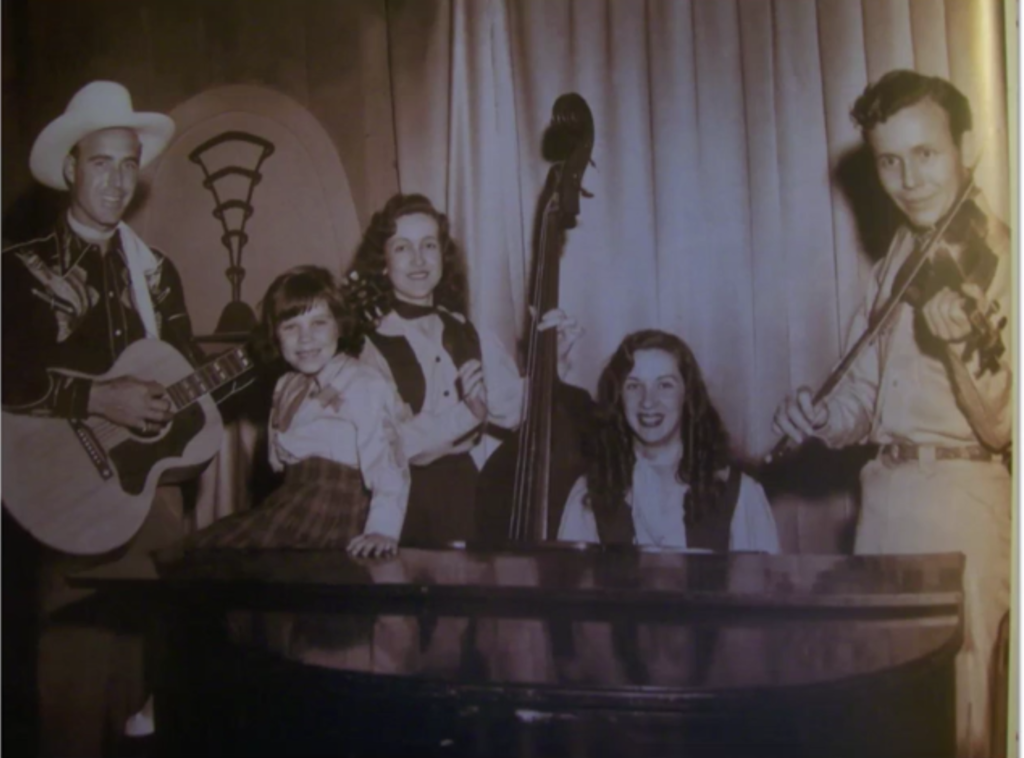
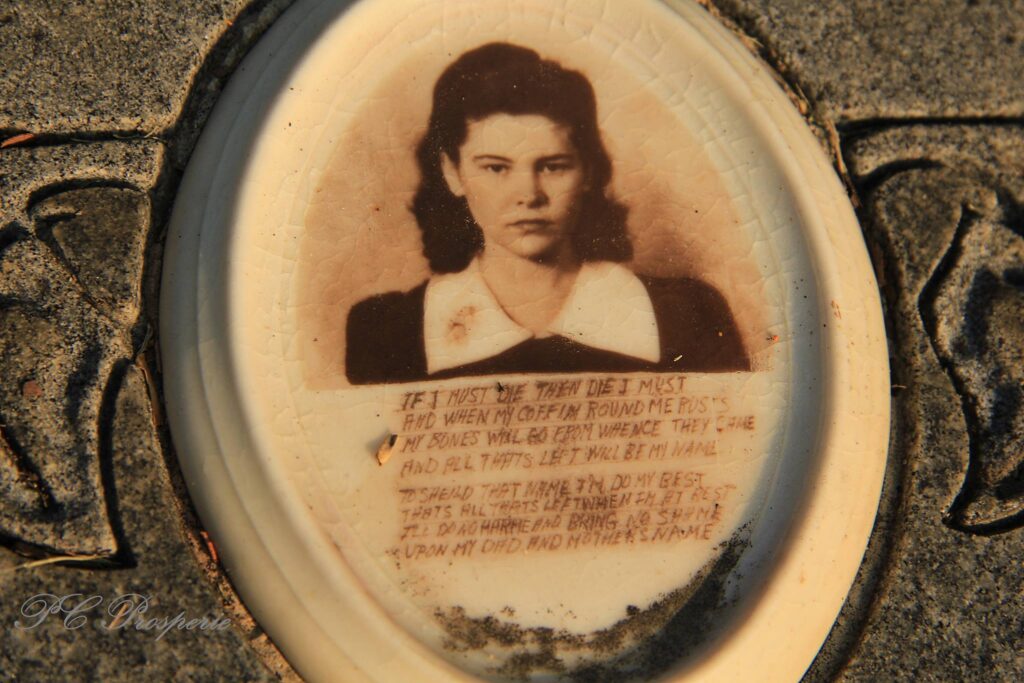
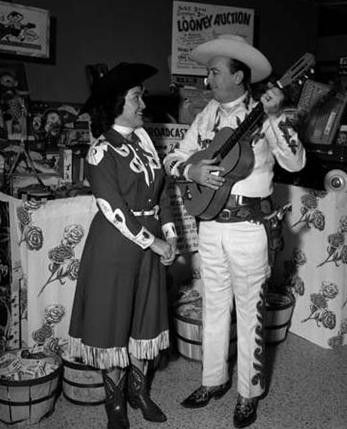
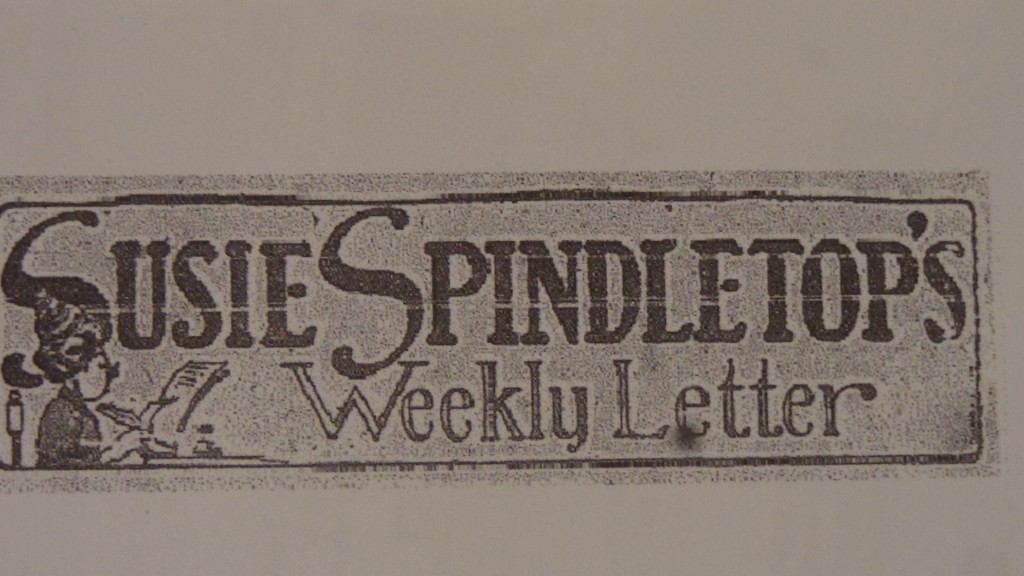
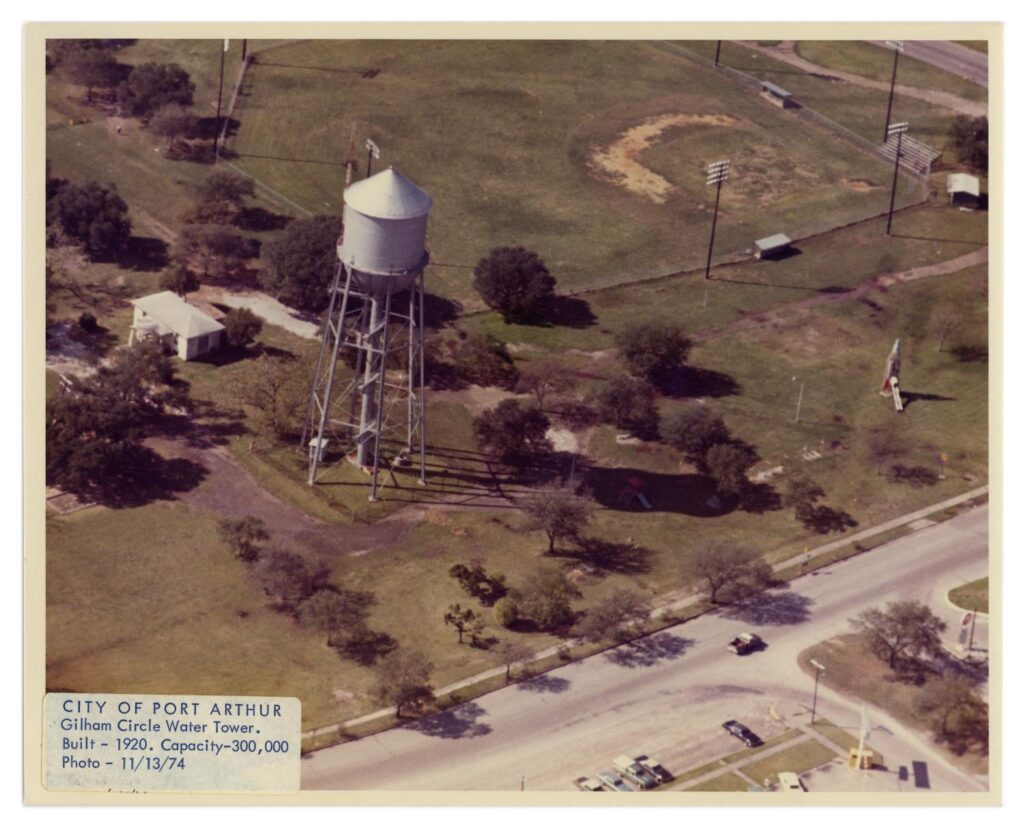
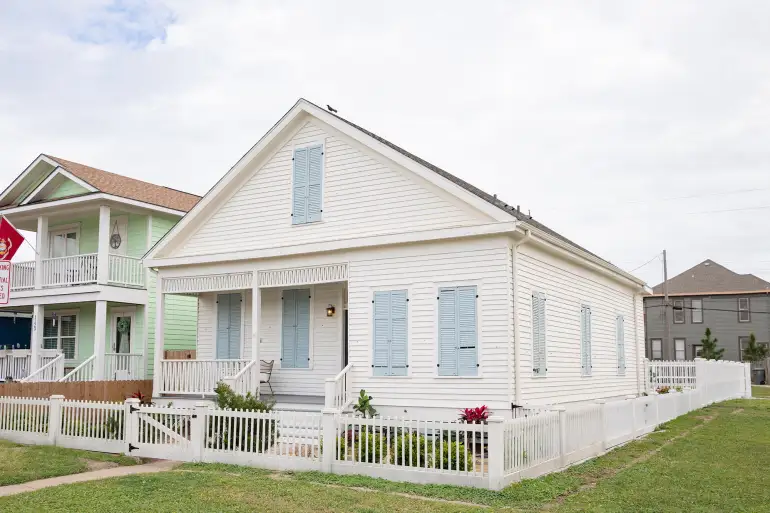


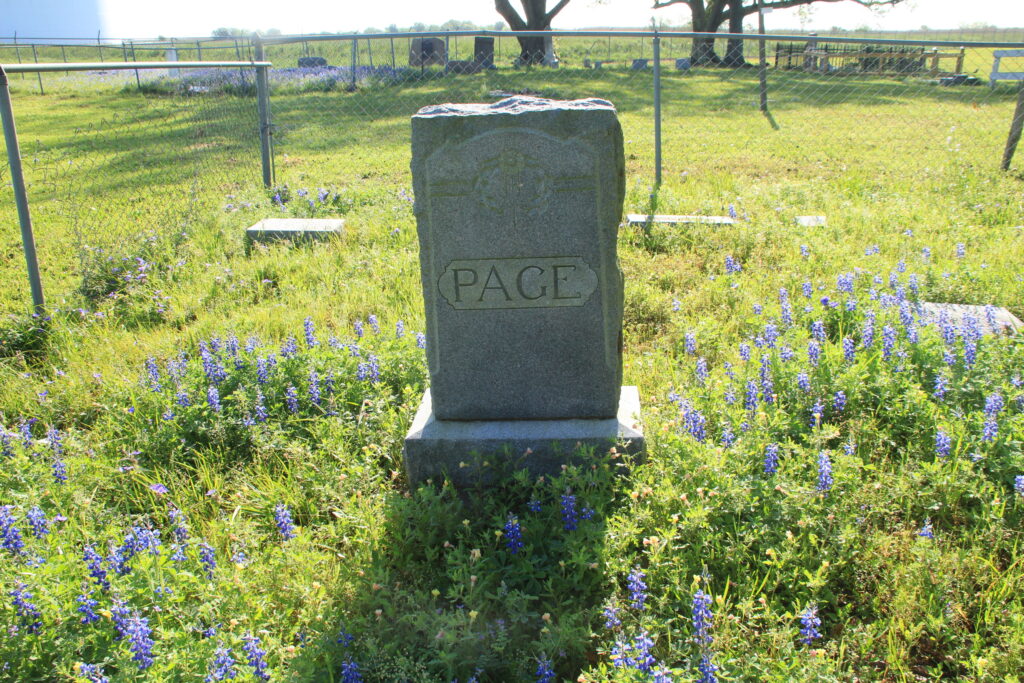
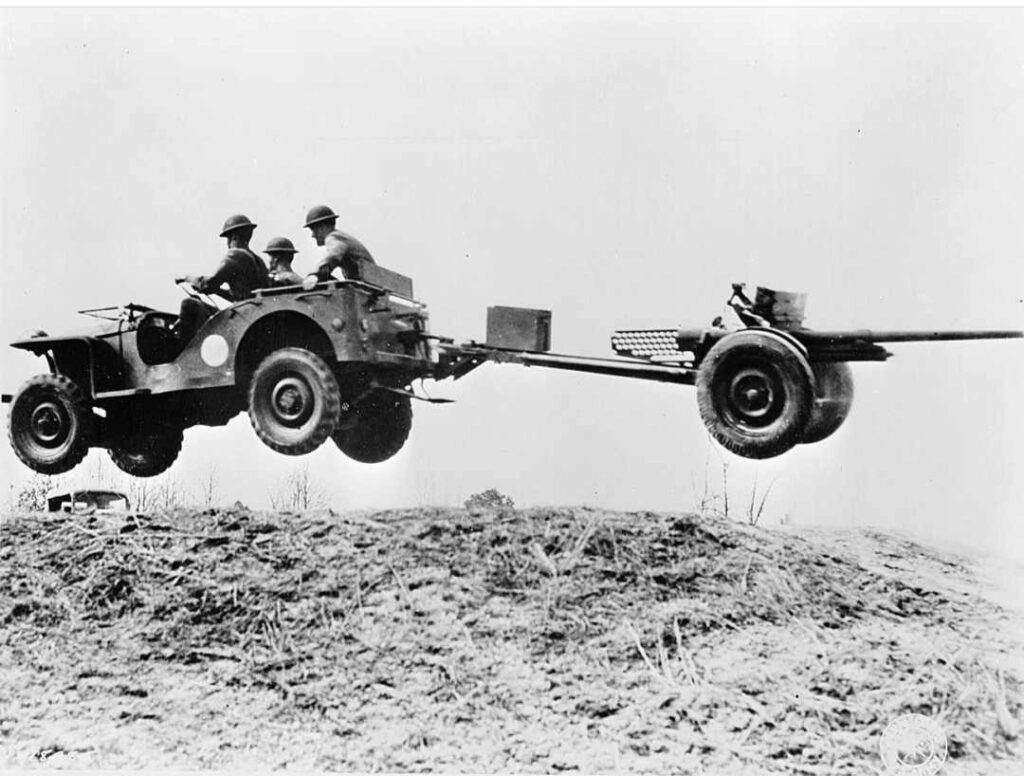



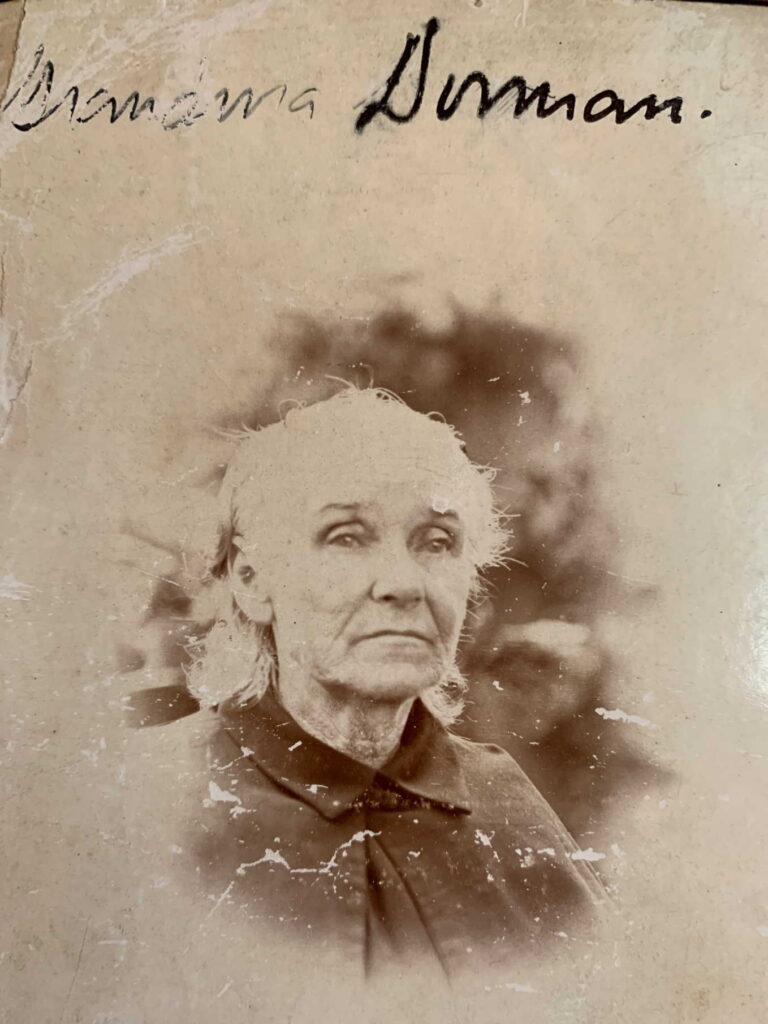
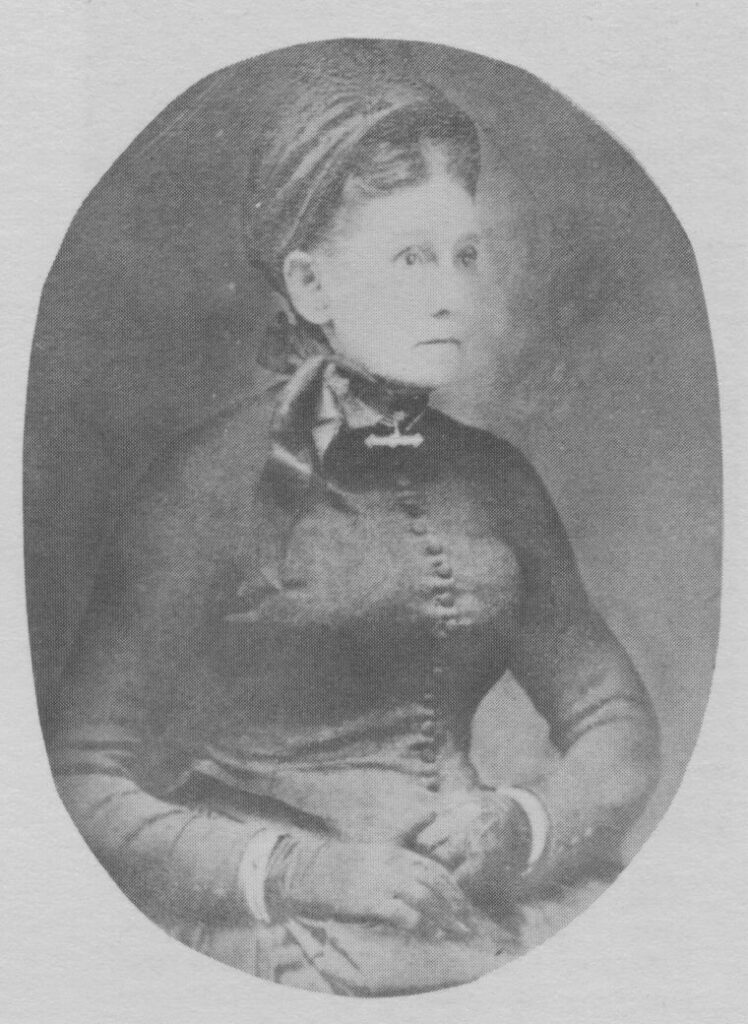

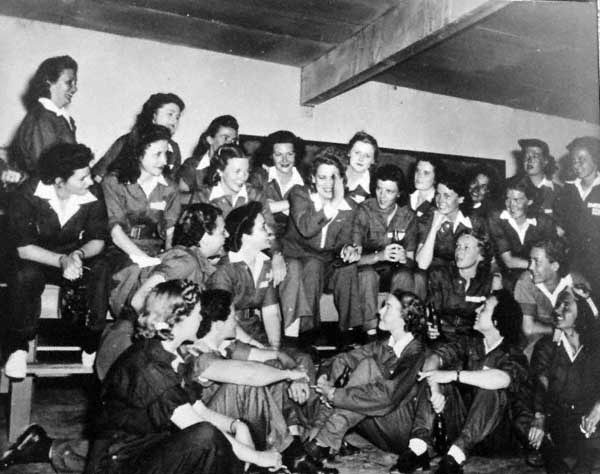
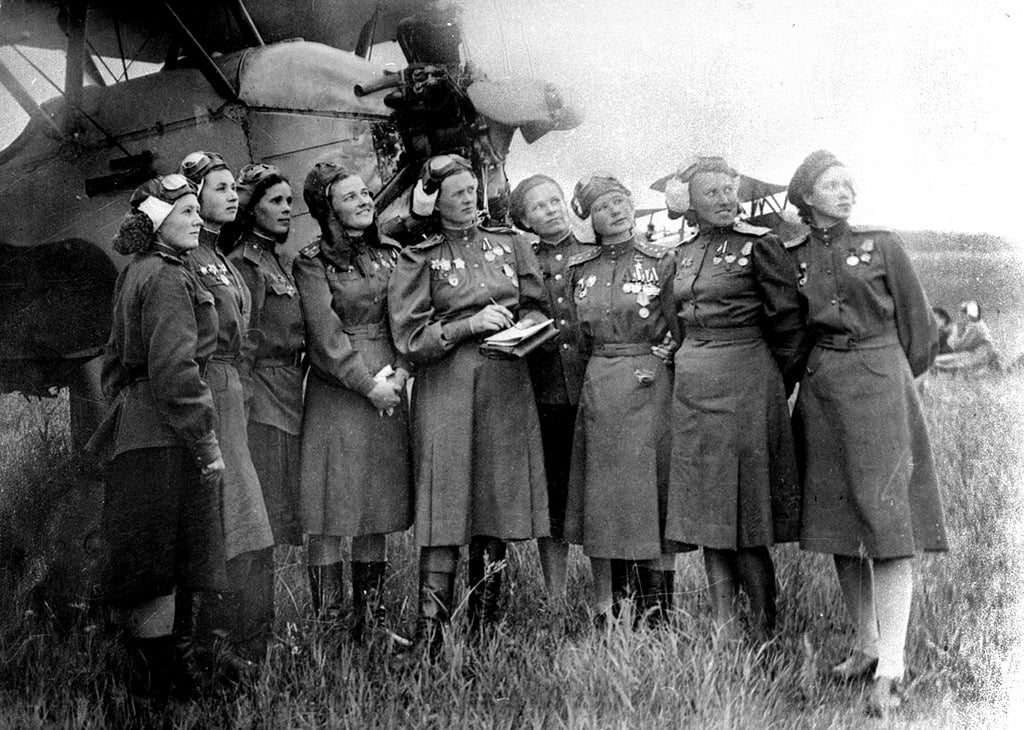
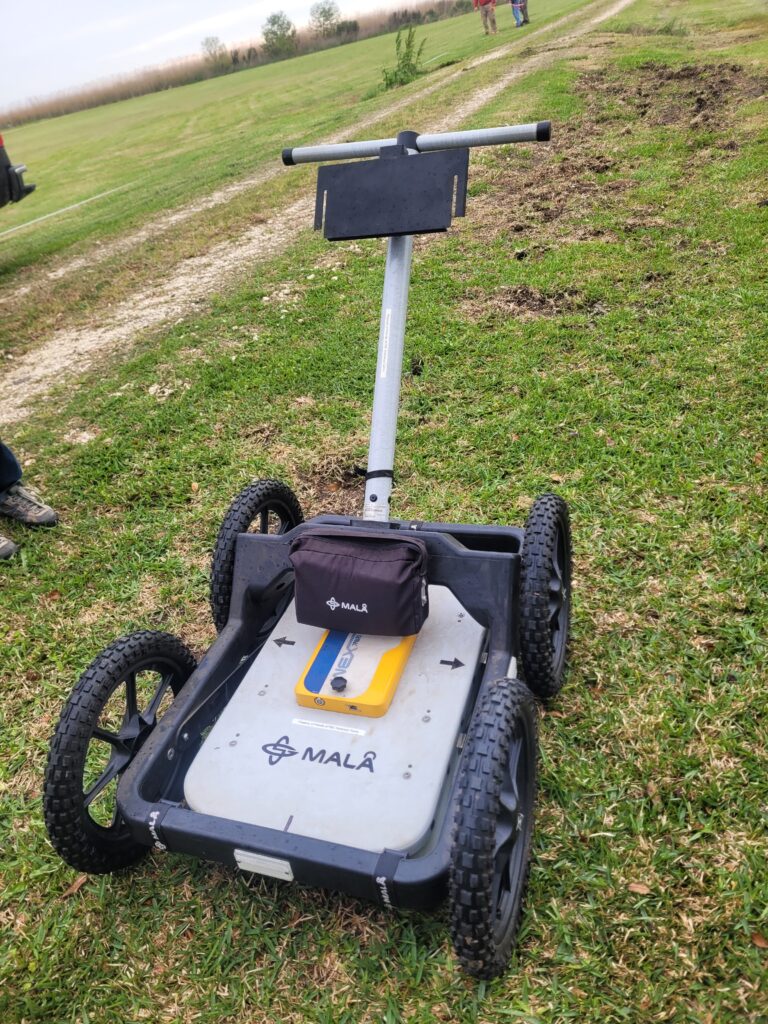

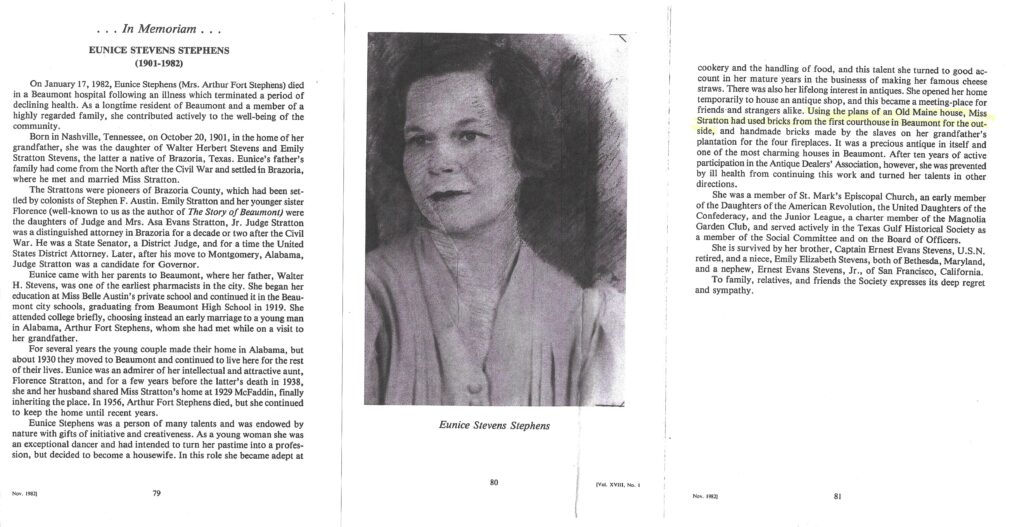
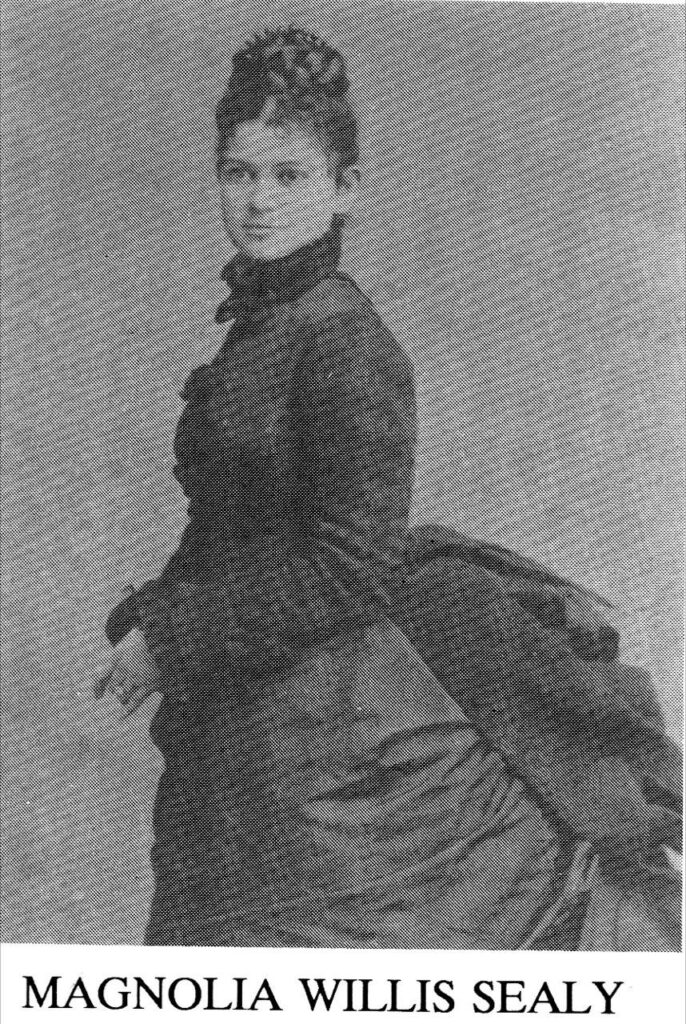



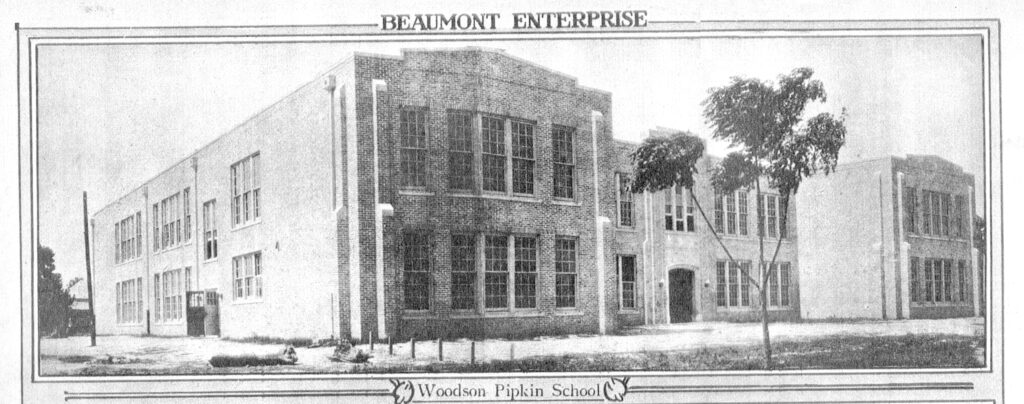


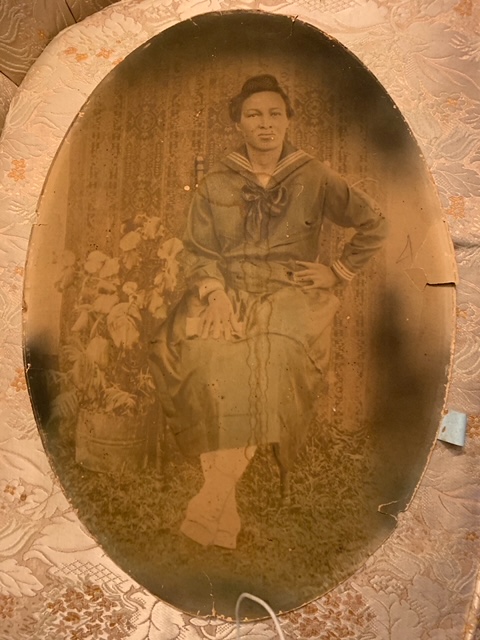
You must be logged in to post a comment.